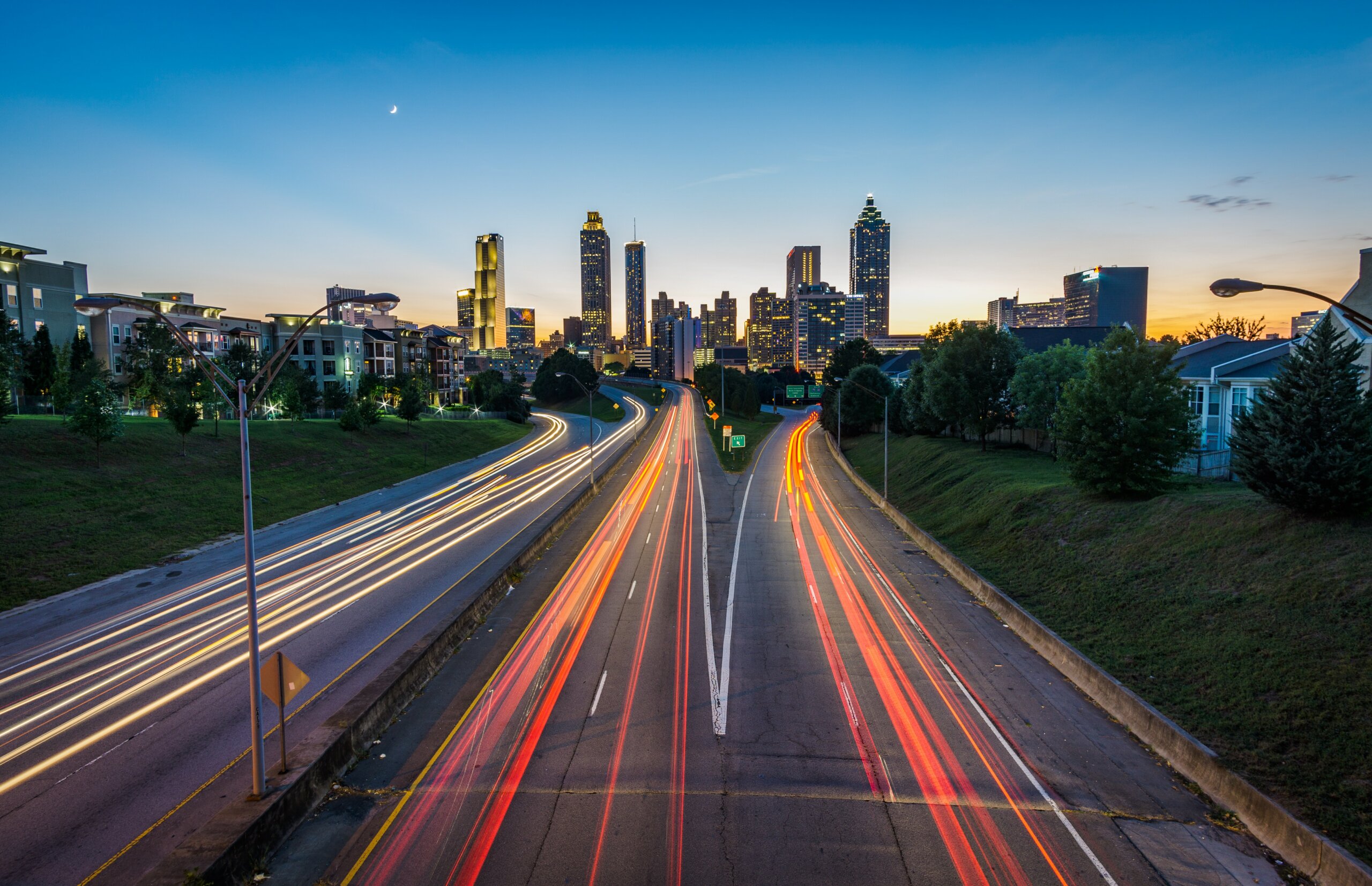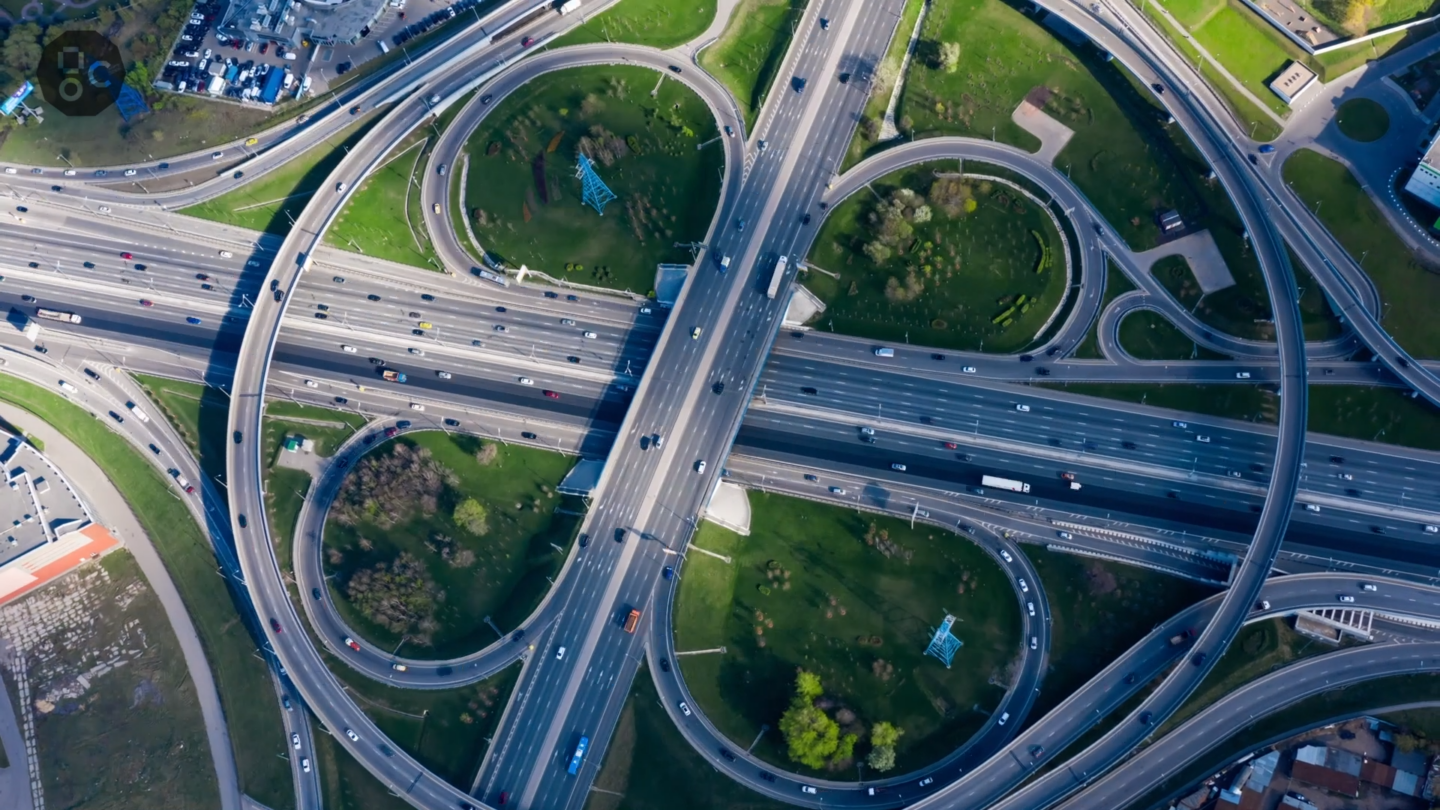Journey optimization: Graphcore IPUs solve traffic puzzles
Artificial intelligence is proving to be a powerful and versatile tool. In financial services, AI can combat credit card fraud and detect market sentiment to aid investors. Algorithms can generalize cyber threats to make computer networks more secure and, by the same token, even create on-brand audio for developers of hands-free devices. But there are some problems where conventional AI methods can fall short. And one of those use cases is journey optimization.

Source: Unsplash
Predicting journey times in congested cities is a notoriously complex task. Developers are faced with a moving target where scenarios can change quickly. Free-flowing traffic may suddenly come to a halt – for example, if a delivery van temporarily blocks a road – with cascading effects. AI can digest historical data and identify patterns, but first responders, courier firms, commuters, and other city-goers need real-time advice.
IPU boost with GNNs
This is where graph neural networks (GNNs) – deployed on efficient Intelligence Processing Units (IPUs) – come into play. A graph, in this context, is a structured representation of data and can be pictured as a network of interconnected nodes. Here, the nodes are individual road sections and the links between them (known as edges) represent the relationship between those entities.
Graphs allow developers to assemble a detailed picture of the city by encoding various information at each node. And running this structure through a neural network aggregates the data within the context of neighboring nodes. The process takes a complex relationship, such as the interactions between traffic elements across a city, and prepares the information so that it can be understood and optimized.
Running these routines on dedicated IPUs – which have been designed to hold complete machine learning models within their processors – opens the door to additional insights. IPUs have been shown to speed up calculations compared with using graphics processing units (GPUs), and are particularly efficient at accelerating GNNs despite their complex graph structures. This speed-up is especially valuable when the end goal is to perform journey optimization in real-time.
Timely advice
Another reason for using IPUs on intelligent transportation systems is the capacity to perform so-called Mixture of Experts (MoE) traffic model integration. Rather than relying on a single global view, different behaviors can be fed into the pipeline – for example, rush hour conditions or weekend patterns. The advantage is an uplift in prediction accuracy. But with GPUs, the computational burden of having to accommodate multiple models would slow down the system. Not so for IPUs.
“[The IPU] allows multiple instructions and multiple data to be processed on different tiles,” comments Chen-Khong Tham – a professor based at the National University of Singapore, who has used MoE model integration to improve traffic forecasting. “This is very useful when you have operations that are not homogeneous.”
Recognizing that traffic patterns change over time, Tham and his colleagues have been using a sandwiched workflow that takes both spatial and temporal features into account. In the final step, AI is deployed to predict future traffic speeds on different road sections to aid route planning and journey optimization. Thanks to the use of IPUs – developed by UK firm Graphcore – the team observed a speedup of up to 4X (compared with GPUs) in processing data from over 39,000 sensors distributed across major metropolitan areas of the California state highway.
Freeing up city traffic through journey optimization – enabled by graph neural networks running on IPUs – could have significant economic benefits. Online delivery firms, an industry that has accelerated in recent years, could improve their fleet management capabilities. Models could respond to new factors too such as the emergence of clean air zones and other city planning initiatives.

Source: Unsplash
GNN trends
Graph data structures and neural networks are turning out to be a practical combination across a range of applications. Graphs are a useful way of adding structure to AI models so that they can perform efficiently and gather locally relevant features – for example, replicating the success of image recognition algorithms. Compared with using AI alone, the addition of graphs can help to model new systems, provide data efficiency, and result in faster training.
Combining those benefits with the made-to-measure fit of IPUs that have been designed with massively parallel processing in mind, gives developers a very powerful analytical combination indeed. And it’s why GNNs running on IPUs are being applied in various sectors not just in transport and the “smart city.” Other application areas include molecular analysis, drug discovery, stock market prediction, social network analysis, and recommender systems for e-commerce, to give just a few examples.
To learn how IPUs can enhance your AI workflow and provide a notable acceleration to processing, visit https://www.graphcore.ai.









